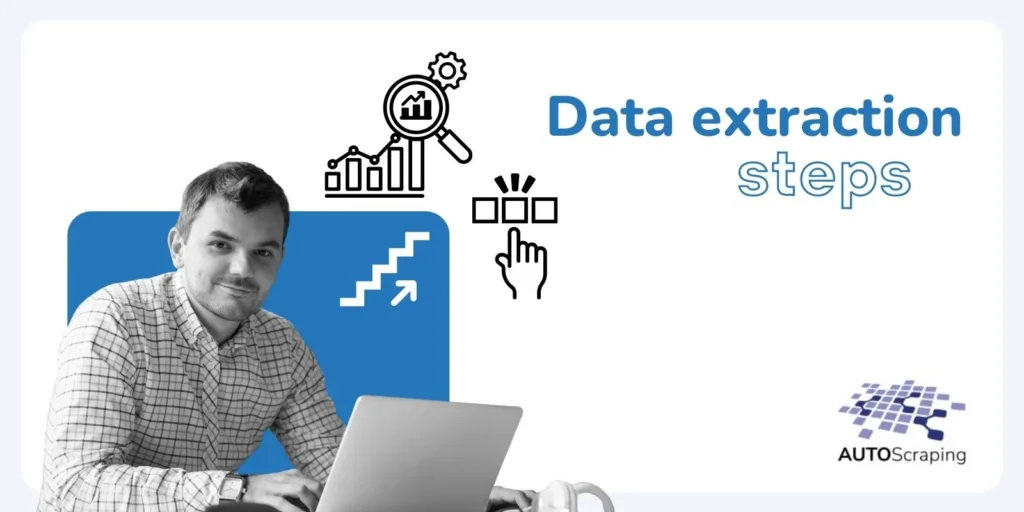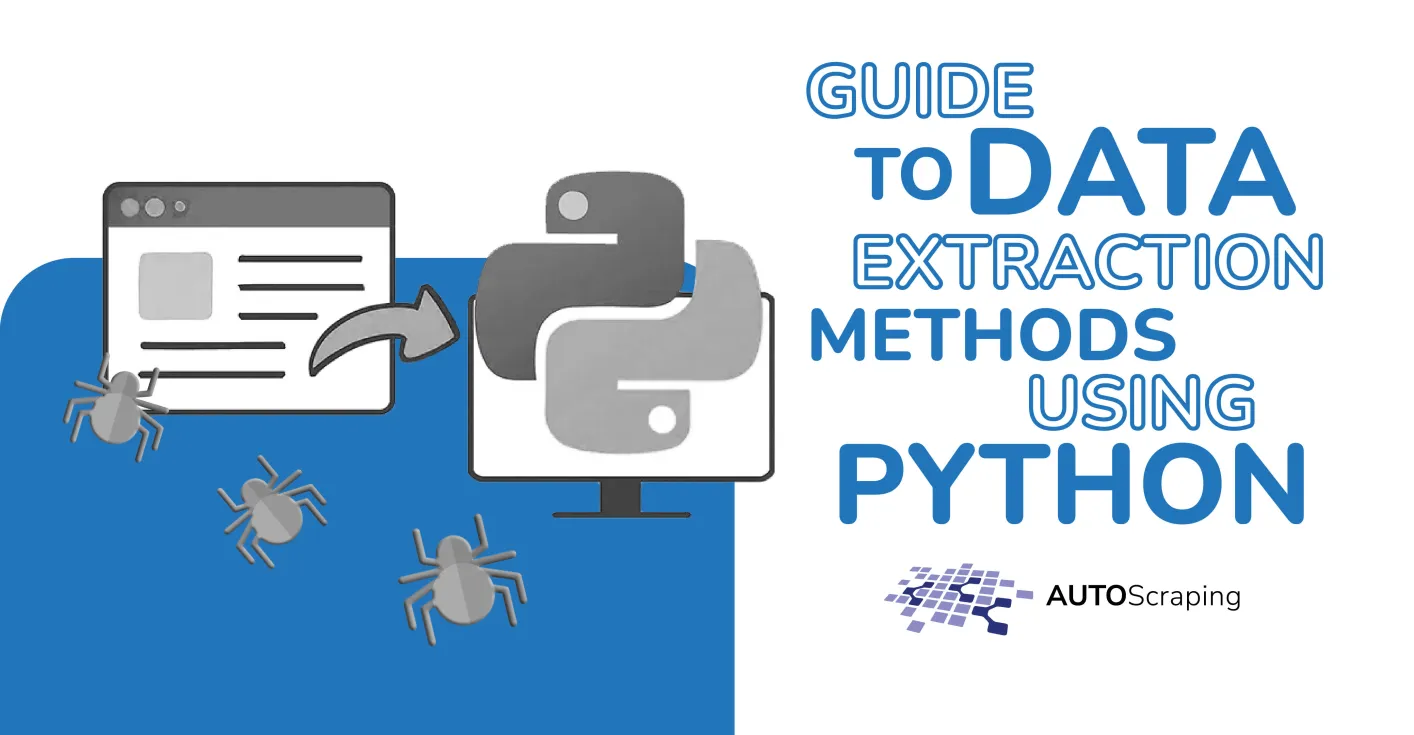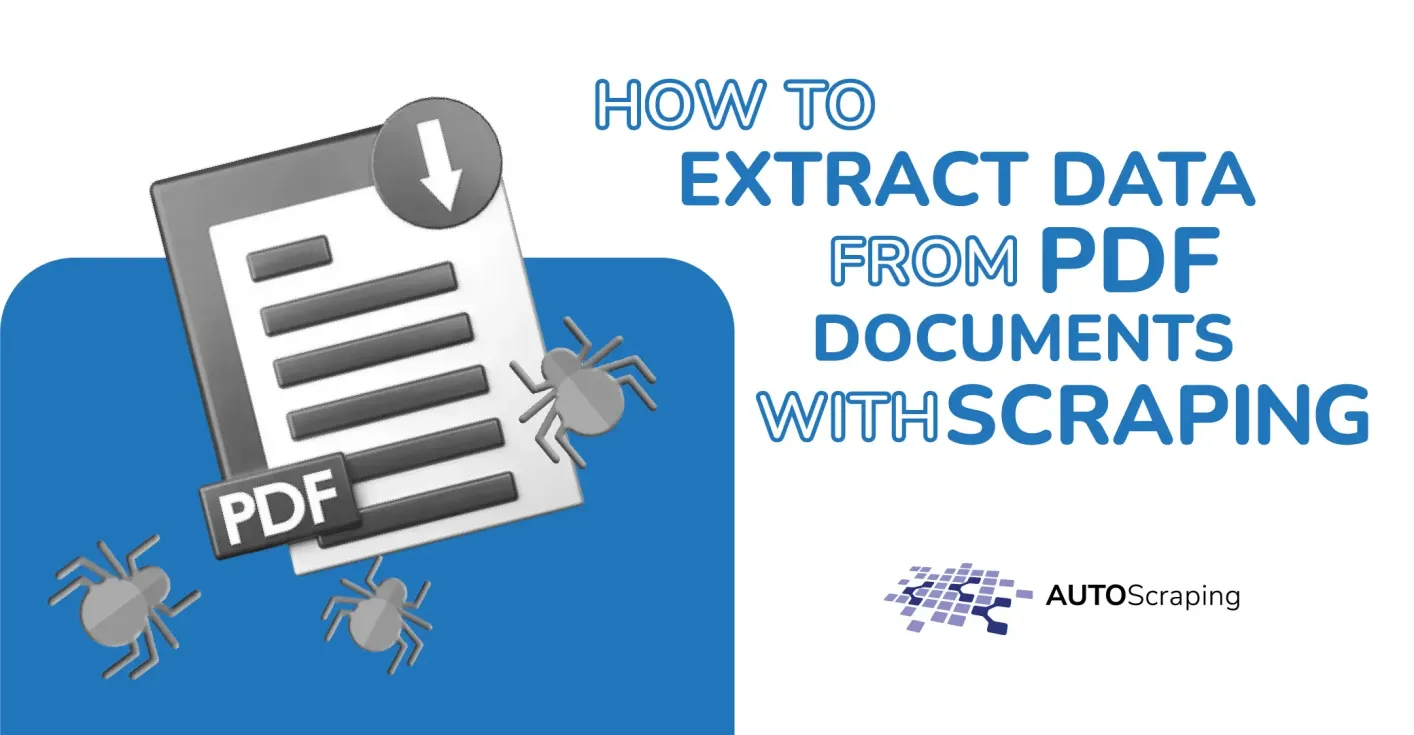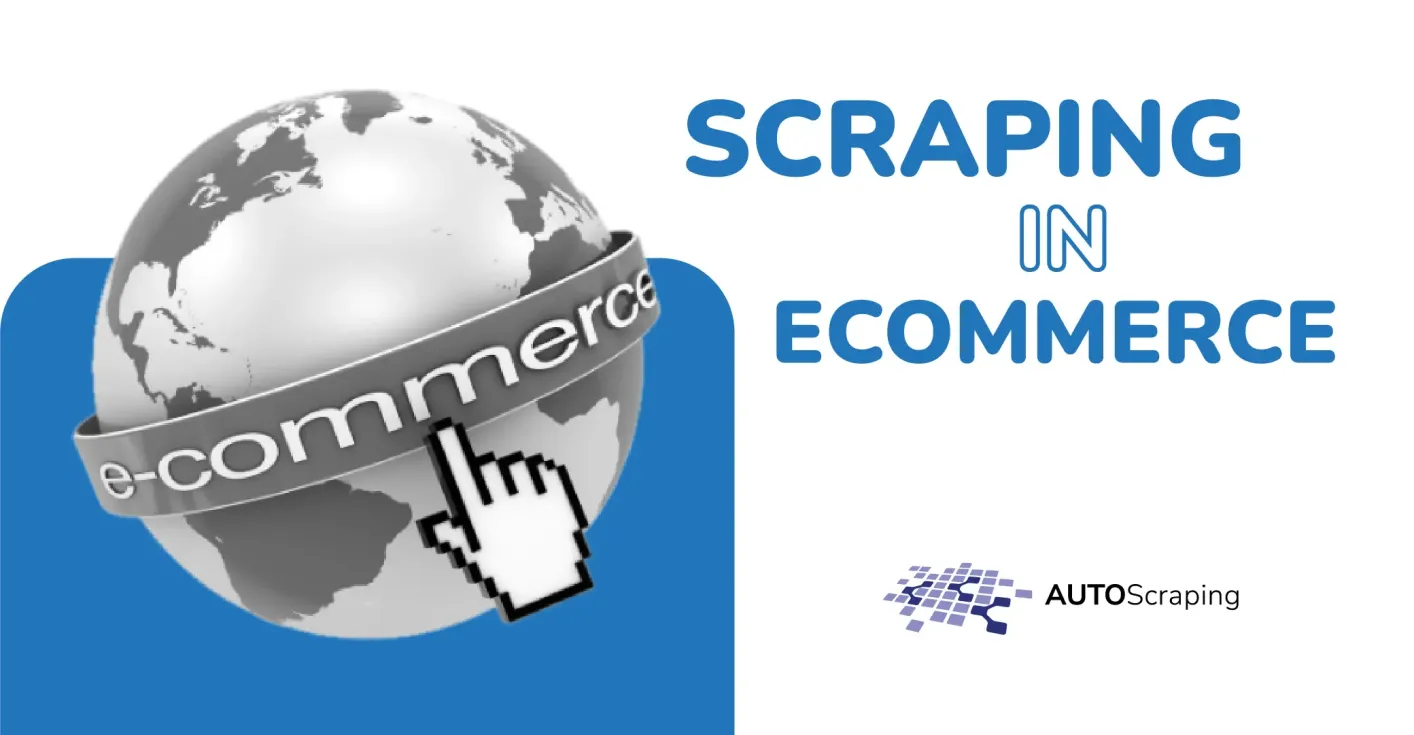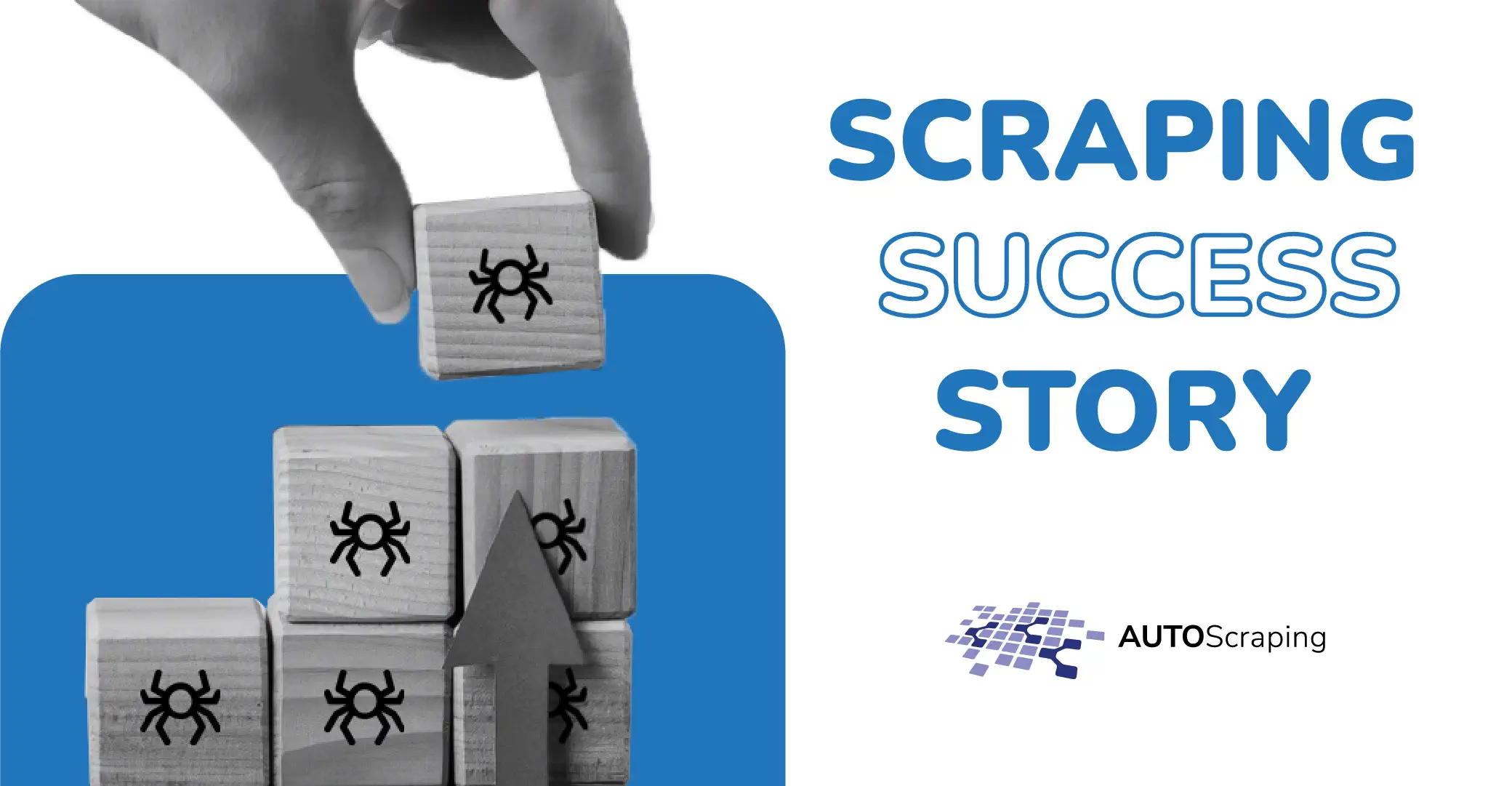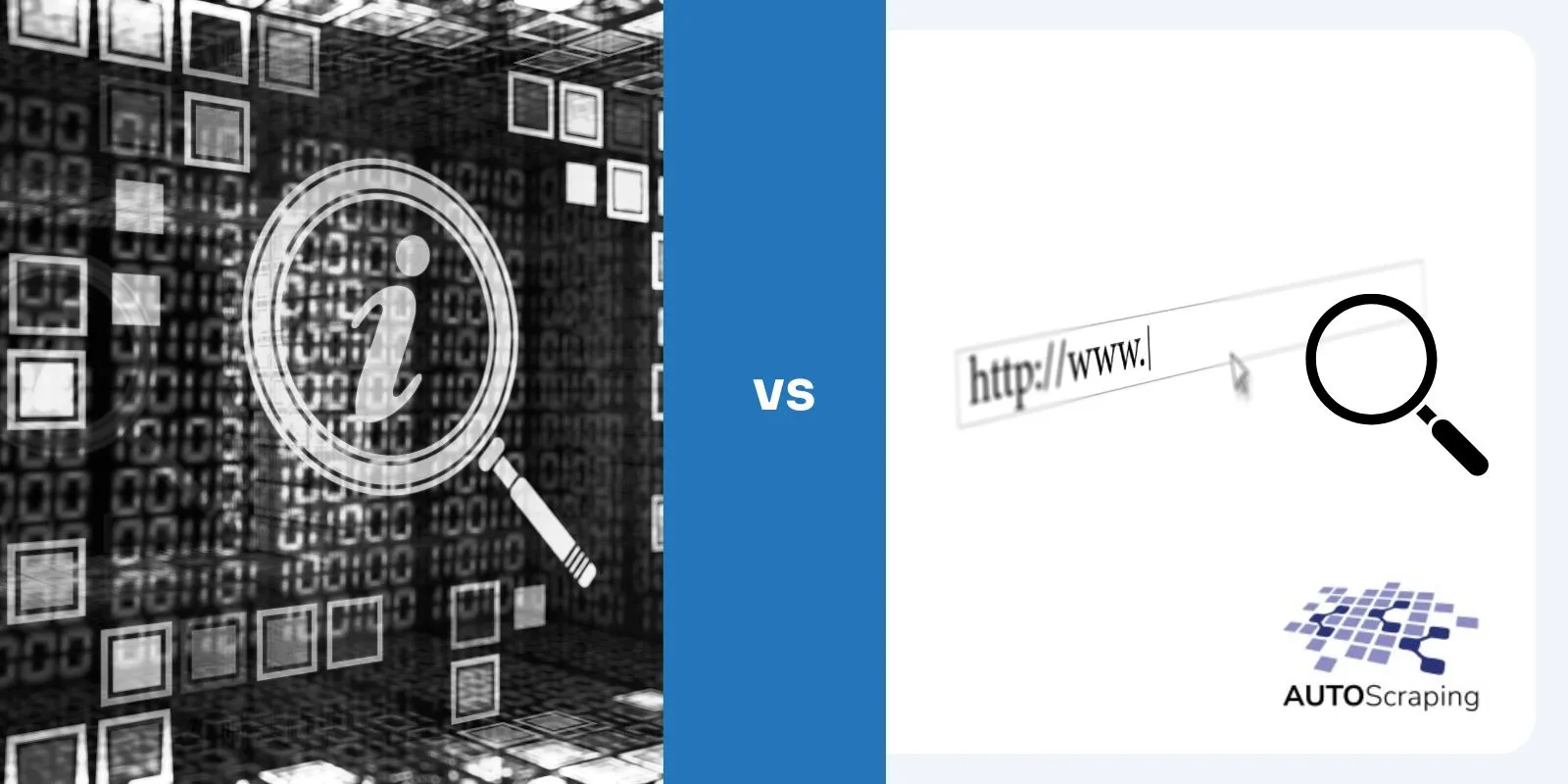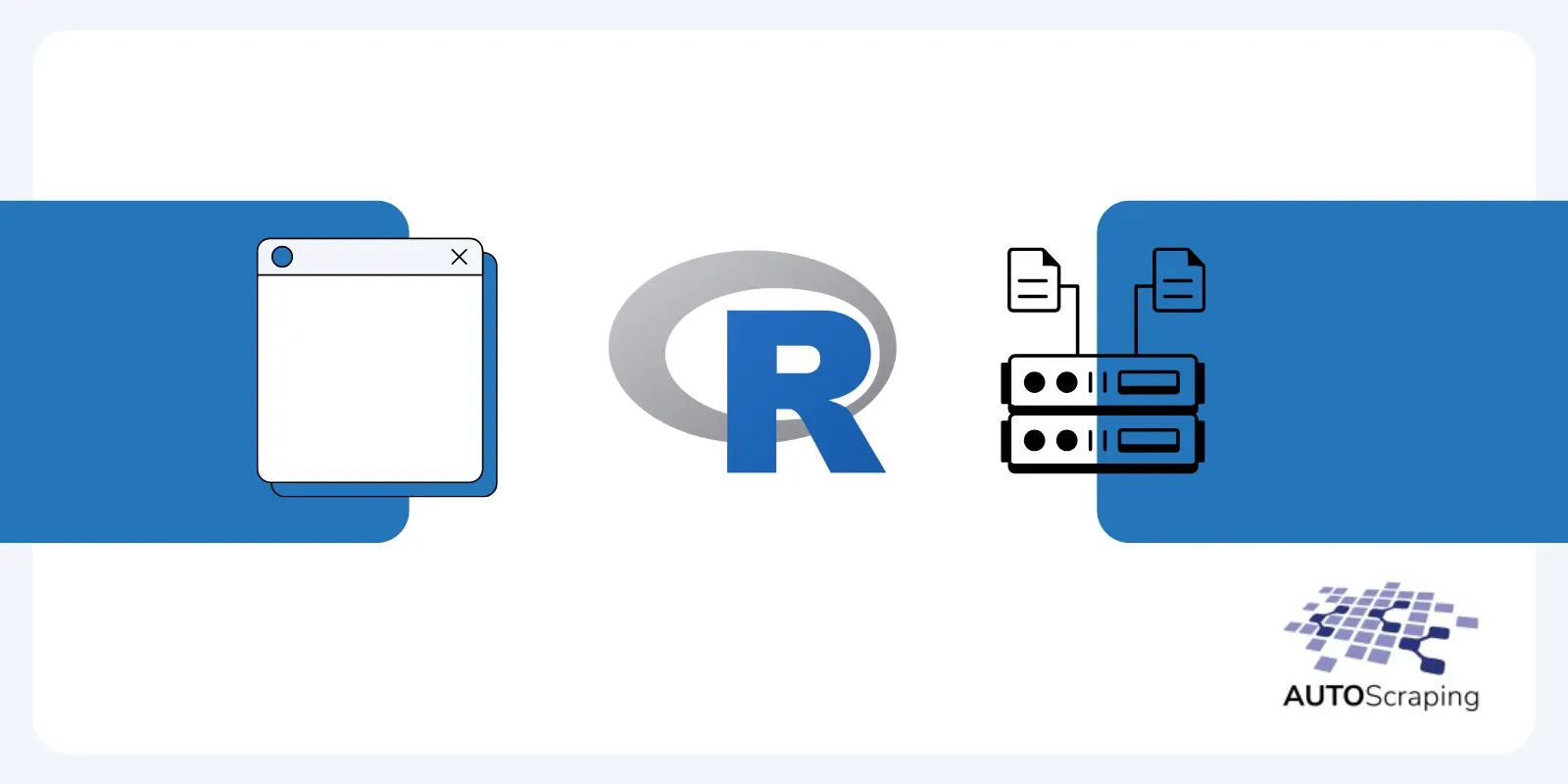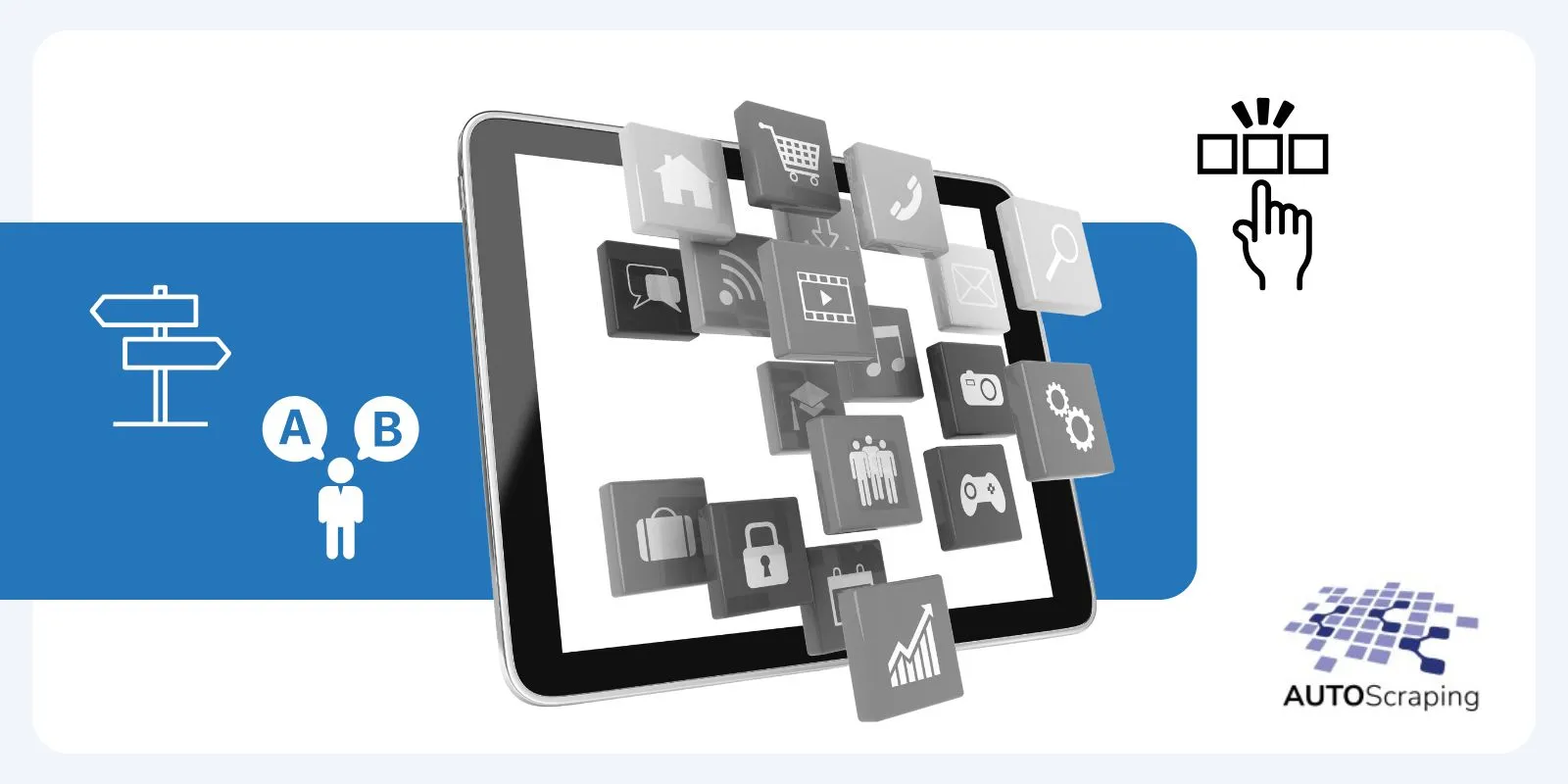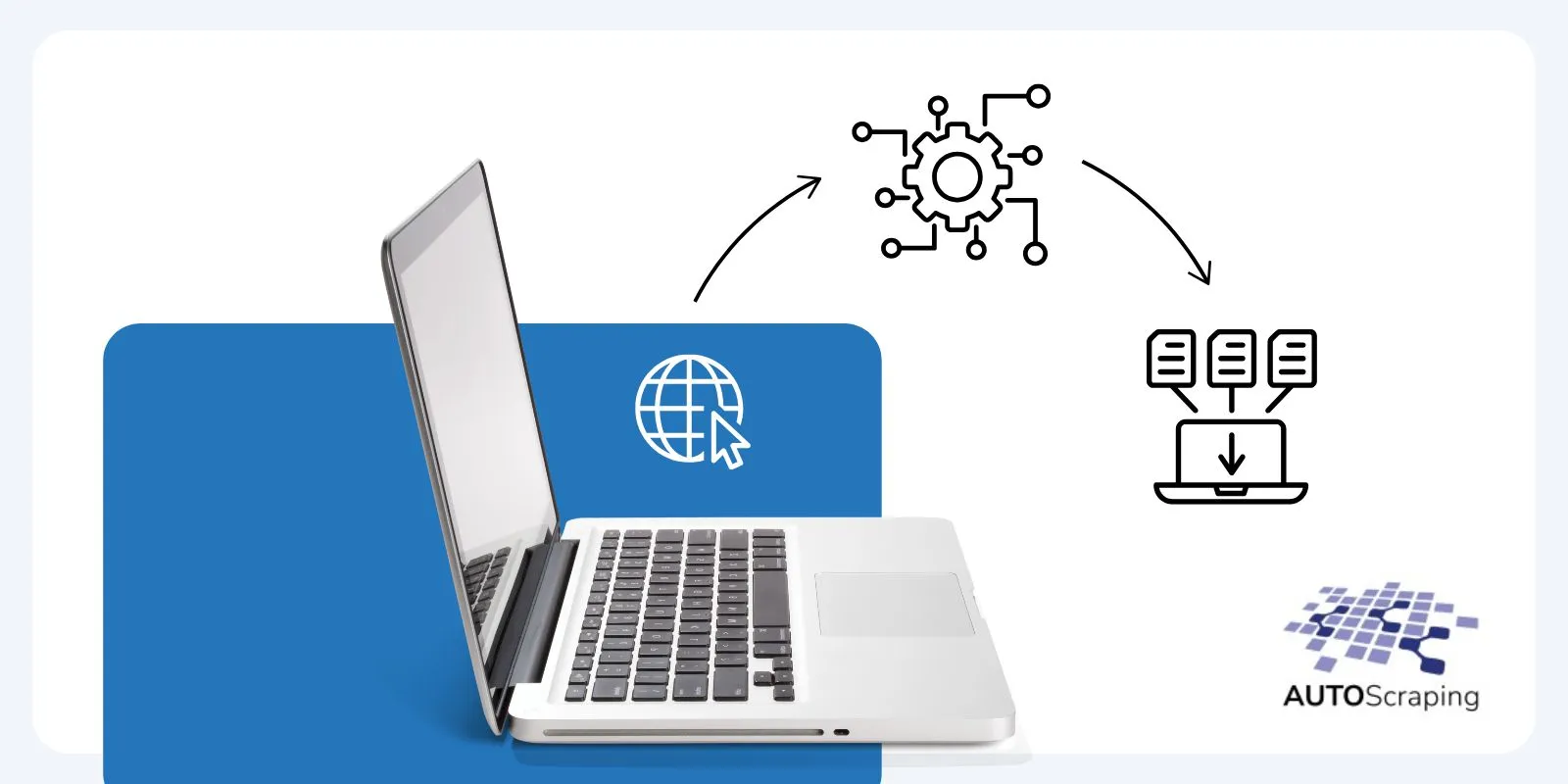Are you struggling to efficiently gather and use data for your business? Many companies face the challenge of extracting valuable information, a critical step to drive growth and improve decision-making.
In this article, we’ll address the key steps in data extraction, the difficulties of finding reliable data sources, and how using the right techniques and tools can turn raw data into actionable insights.
By the end, you’ll understand how to streamline the data extraction process and leverage tools like AutoScraping to boost business efficiency and make informed decisions.
What is Data Extraction?
Data extraction is the process of retrieving structured or unstructured data from various sources to store, analyze, or transform it into actionable insights.
It is a fundamental part of data management that allows businesses to harness valuable information for decision-making. The extraction process typically involves gathering data from databases, websites, or even physical documents.
- Structured data comes from well-organized sources like databases, making it easier to retrieve.
- Unstructured data such as text, images, and videos requires more sophisticated tools and techniques to be useful.
Data extraction is crucial for businesses aiming to optimize processes, understand customer behaviors, and gain competitive advantages.
By properly extracting relevant data, companies can fuel analytics, ensure better forecasting, and improve operational efficiency across departments. However, without the right approach, data extraction can be complex and time-consuming.
Recommended Lecture: How to Automate Data Extraction from Website
Data Extraction Steps
Data extraction is a critical process for businesses looking to make informed decisions based on large volumes of information.
To effectively extract data, you need a systematic approach. Below are the essential steps you should follow to ensure the data you collect is accurate, relevant, and actionable.
| Steps in Data Extraction | Description | Key Actions |
| Identifying Data Sources | Determine where the data will come from, prioritizing reliability and relevance to business goals. | – Use internal databases for historical data.- Utilize web scraping for competitor analysis.- Leverage APIs for real-time data. |
| Data Collection Strategy | Decide on the method for collecting data, focusing on efficiency and scalability. | – Use automated tools for large datasets.- Consider manual extraction or third-party services for specific cases.- Ensure strategy can adapt to evolving needs. |
| Cleaning and Validating Data | Remove inaccuracies and validate the data to ensure it meets business goals and is usable. | – Eliminate duplicates and irrelevant entries.- Validate data against extraction goals for quality and relevance. |
How Can You Find Useful Data Sources for Your Business?
Finding useful data sources for your business starts with identifying where relevant and valuable information exists.
Common sources include customer databases, social media platforms, and public datasets. Understanding your business goals is key whether you need market trends, customer insights, or operational data will determine which sources to prioritize.
Some valuable data sources include:
- Internal databases: CRM systems, sales reports, and transaction histories.
- Public datasets: Government and industry reports, census data, and economic indicators.
- Third-party tools: Platforms like Google Analytics or social media insights.
After identifying these sources, evaluate their reliability. You’ll want to use data that is accurate, up-to-date, and relevant. Poor data can lead to incorrect conclusions, which is why data quality assessment is crucial before extraction begins.
Select sources that directly align with your objectives, ensuring the data supports specific business needs.
Recommended Lecture: The best Data Extraction Strategy
What Should You Define Before Starting Data Extraction?
Before starting data extraction, there are several key elements you need to define to ensure a smooth and efficient process.
| Element | Description | Importance |
| Objectives | Clearly define the goals of the data extraction. Specify what information is needed and how it supports business goals. | – Focuses the data extraction process. – Avoids collecting unnecessary data. – Aligns with business goals. |
| Data Sources | Identify where the data will be gathered from (internal databases, third-party platforms, web scraping tools). | – Ensures you’re targeting the right information. – Prepares for data structure and format transformations. |
| Data Quality Standards | Set standards for data accuracy, completeness, and reliability. Define parameters for usable data. | – Ensures the data is relevant, accurate, and reliable. – Filters out irrelevant or erroneous data. |
| Tools and Resources | Identify the tools (automation tools, storage solutions) and the team responsible for the extraction process. | – Ensures efficient extraction and management. – Helps in automating and streamlining the process. |
How to Choose the Right Tools for Data Extraction?
Choosing the right tools for data extraction is essential to streamline the process and ensure accurate results. The first factor to consider is scalability.
Your data extraction tool should be able to handle large volumes of data as your business grows. Tools like AutoScraping excel in this area, providing an automated solution that can scale effortlessly with increasing data demands.
Key factors to look for when choosing data extraction tools:
- Scalability: Can it grow with your data needs?
- Ease of Integration: How easily does it connect with your current systems (e.g., CRM, databases)?
- Data Accuracy: Does it minimize errors and deliver high-quality data?
Another crucial aspect is the ease of integration. Your data extraction tool needs to integrate smoothly with your existing systems and software, whether it’s a CRM, database, or data analysis platform.
In AutoScraping we stands by offering seamless integration with popular business tools, helping you extract data without the hassle of manual intervention.
Lastly, you need a tool that prioritizes data accuracy and reliability. Extracting incorrect or incomplete data can lead to poor business decisions.
AutoScraping ensures the quality of the data by using advanced algorithms that minimize errors and deliver precise results. When selecting a tool, prioritize those that offer:
- Automation: Reduces manual labor in the extraction process.
- Reliability: Consistent and error-free data extraction.
- Adaptability: Works with various data formats and sources.
Make the most of the information available on the web with our personalized web scraping service!. Book a meeting
What Are the Best Techniques for Collecting Data in Your Business?
When it comes to collecting data in your business, there are several techniques that stand out for their efficiency and reliability.
Web scraping is one of the most popular methods, allowing you to gather data from websites systematically.
This technique is especially useful when you need to monitor competitors, track trends, or compile large datasets from various online sources. Some of the most effective data collection techniques include:
| Technique | Description | Use Cases | Advantages | Challenges |
| Web Scraping | Collects data systematically from websites by extracting information from HTML pages. | – Monitoring competitors. – Tracking market trends. – Compiling large datasets. | – Automates data collection. – Effective for large datasets. – Can monitor multiple sources. | – May face anti-scraping measures. – Data format can vary across sites. |
| Surveys & Questionnaires | Engages directly with an audience to collect feedback or insights through structured questions. | – Customer feedback. – Market research. – Employee satisfaction. | – Provides direct insights. -Customizable. – Can target specific groups. | – Response rates may vary. – May require incentives for participants. |
| Social Media Monitoring | Tracks conversations, trends, and opinions across platforms like Twitter, Facebook, and Instagram. | – Brand monitoring. – Trend tracking. – Sentiment analysis. | – Real-time data. – Offers insights into public opinion. – Allows tracking of influencers and trends. | – Requires filtering of noise and irrelevant data. – Data may be inconsistent. |
| APIs | Pulls structured data from platforms such as Google Analytics, CRM systems, and other web services. | – Structured data retrieval.- Real -time data integration. – Data from third-party platforms. | – Reliable and efficient. – Real-time access to data. – Structured formats like JSON, XML. | – Requires API access. – Limited to available data fields. – May have rate limits. |
| Data Mining | Analyzes large datasets to uncover hidden patterns, correlations, or trends over time. | – Business intelligence. – Predictive analysis. – Identifying customer behavior patterns. | – Reveals trends not immediately visible. – Valuable for large historical datasets. – Insightful. | – Requires large datasets. – May need specialized tools or expertise. -Time-consuming for analysis. |
| Manual Data Collection | Involves collecting data manually from specialized or niche sources that aren’t accessible through automation. | – Niche markets. – Specific datasets. – Field research. | – High level of precision. – Effective for specific or small datasets. – Ensures data accuracy. | -Time-consuming. -Labor-intensive. – Less scalable than automated methods. |
| AutoScraping | Automated, AI-powered method that learns patterns from data sets and adapts its scraping strategy dynamically without requiring complex manual setup. | – Large-scale data extraction. – Adaptive scraping for websites with frequent updates. -E-commerce monitoring. | – Reduces manual configuration. – Adapts to changes in web structure automatically. – Efficient for large-scale scraping. | – May require high initial setup costs. – Ongoing monitoring to ensure accuracy. – Legal restrictions in certain cases. |
Recommended Lecture: 5 Types of Data Extraction in 2024
What are the business benefits of using AutoScraping?
One of the most notable advantages is efficiency. With AutoScraping, businesses can automate the extraction of large volumes of data from multiple sources without the need for manual intervention.
This not only saves time but also allows teams to focus on strategic decision-making rather than tedious data gathering.
Key business benefits of using AutoScraping include:
- Cost-effectiveness: By reducing the labor hours needed for data extraction, businesses can lower operational costs.
- Accuracy: AutoScraping minimizes human error, ensuring that the data collected is reliable and of high quality.
- Scalability: As businesses grow, their data needs often expand. AutoScraping can easily scale to accommodate increased data requirements without significant changes to infrastructure.
Additionally, AutoScraping enhances competitive intelligence by allowing companies to monitor competitors’ activities and market trends in real-time.
By keeping an eye on key metrics such as pricing, product launches, and customer reviews, businesses can make informed decisions that strengthen their market position.
How Can You Ensure the Quality of Extracted Data?
Ensuring the quality of extracted data is essential for making informed business decisions.
Poor-quality data can lead to misleading insights, wasted resources, and ultimately, a loss of credibility. To maintain high standards, it’s crucial to implement robust data validation processes throughout the extraction workflow.
One effective approach is to set clear data quality criteria, including:
- Accuracy: Data should be correct and reflect real-world conditions.
- Completeness: Ensure that all required data points are collected, leaving no gaps.
- Consistency: Data should be uniform across different sources and formats.
Regularly conducting data quality checks is another vital step. This involves:
- Periodically reviewing the extracted data for anomalies or errors.
- Employing automated tools to identify issues swiftly.
- Incorporating data cleansing techniques like removing duplicates and standardizing formats.
Finally, encouraging a culture of data stewardship within your organization is essential. This includes:
- Fostering an environment where team members take responsibility for the data.
- Providing training on data management best practices.
- Empowering employees to recognize and proactively address potential quality issues.
Automate data extraction and save time on repetitive tasks!

What Are the Benefits of Using Extracted Data for Business Decisions?
Utilizing extracted data for business decisions can significantly enhance your strategic approach and operational efficiency.
| Benefits of Utilizing Extracted Data | Description | Key Advantages |
| Informed Decision-Making | Enables decisions based on solid evidence rather than intuition. | – Improved outcomes. – Accurate identification of trends and risks. |
| Optimization of Resource Allocation | Analyzing patterns and performance metrics for better resource management. | – Identify high-performing areas for investment. – Determine underperforming sectors needing improvement. – Allocate budgets effectively based on insights. |
| Fostering a Culture of Continuous Improvement | Tracking performance over time to implement improvement strategies. | – Setting measurable goals based on data insights. – Evaluating success through real-time metrics. – Dynamically adjusting strategies in response to emerging data patterns. |
| Enhanced Operational Efficiency | Empowers businesses to operate more effectively. | – Better decision-making. – Enhanced performance across various areas. |
FAQs: Data Extraction Steps
What are the steps of data extraction technique?
The steps of data extraction include identifying data sources, determining extraction methods, gathering the data, cleaning it to remove errors, and storing it in a suitable format for analysis.
What is the data extraction phase?
The data extraction phase is the initial step in the data processing lifecycle, where raw data is collected from various sources. This phase focuses on retrieving and gathering relevant data to be transformed and analyzed, serving as the foundation for informed decision-making.
What is the ETL process of data extraction?
The ETL (Extract, Transform, Load) process consists of three main stages. First, data is extracted from various sources, then transformed into a suitable format for analysis, and finally loaded into a data warehouse or database.
Which is the correct step in the data extraction process?
The correct first step in the data extraction process is to define the data requirements. Clearly outlining what data is needed ensures that the subsequent extraction methods align with business objectives, leading to more relevant and actionable insights.

